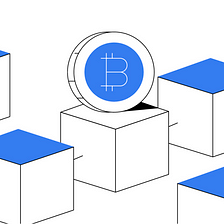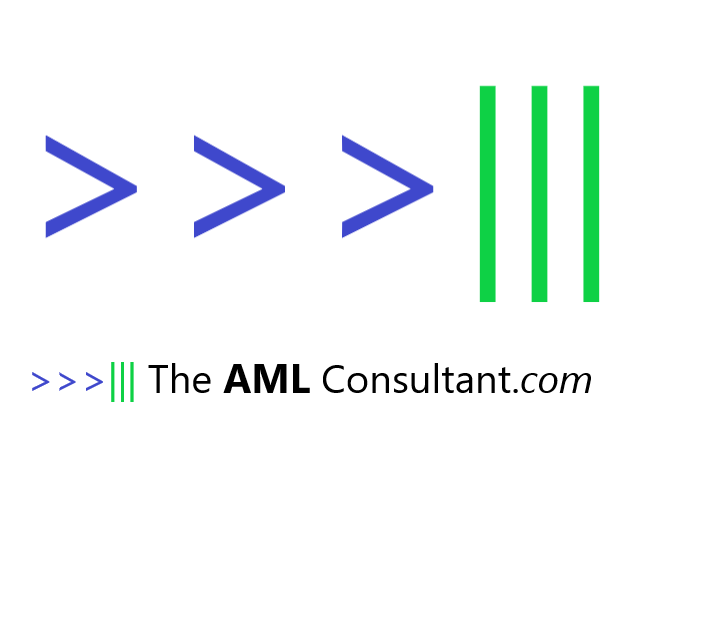Conquering Complexity: A Modular Approach to Building Your AML/CTF Program
Navigating the intricate world of Anti-Money Laundering (AML) and Counter-Terrorism Financing (CTF) compliance can feel like traversing a labyrinth. Organizations often grapple with a multitude of documents, each vying for attention and leaving behind a trail of confusion. But what if there was a way to streamline this process, creating a framework that is both modular and multi-tiered, offering clarity and efficiency?
Enter the modular and multi-tiered approach to building your AML/CTF program. This method envisions your program as a series of interconnected documents, each serving a specific purpose and contributing to a comprehensive whole. Let’s delve into the building blocks of this robust structure:
1. The Foundation: AML/CTF Legal Requirements Document
This bedrock document outlines the legal and regulatory obligations your organization must adhere to. It serves as the unwavering compass, guiding all subsequent tiers towards compliance. Think of it as the blueprint, ensuring your program aligns with the intricate landscape of AML/CTF regulations.
2. The Guiding Light: The AML/CTF Policy
Imagine a beacon illuminating the path forward. The AML/CTF Policy, endorsed by the highest echelons of your organization, sets the overarching principles and direction for your program. It doesn’t delve into specifics but establishes a clear tone and commitment to combating financial crime.
3. The Roadmap: The AML/CTF Program
Now, we chart the course. The AML/CTF Program, approved by C-level executives, translates the policy into actionable procedures. It defines the key activities, resources, and controls your organization employs to mitigate AML/CTF risks. Picture it as the detailed itinerary, outlining the route you’ll take to reach your compliance destination.
4. The Handbook: The AML/CTF Manual
As you embark on your journey, the AML/CTF Manual serves as your trusted guide. This operational-level document delves into the nitty-gritty, detailing the how-to’s of each procedure. It explains, step-by-step, how your staff should navigate each AML/CTF requirement, ensuring consistent and accurate implementation. Think of it as the comprehensive manual, offering practical instructions for every turn in the AML/CTF road.
5. The Toolbox: The Procedure Manual
No journey is complete without the right tools. The Procedure Manual equips your staff with the instruments they need to conduct daily operations flawlessly. It encompasses not just AML/CTF but also credit risk, reporting, budgetary controls, and other relevant areas. Imagine it as your well-stocked toolbox, ensuring your staff is prepared for any operational challenge.
Global Considerations: The Group AML/CTF Policy
For organizations within a global network, an additional layer of guidance emerges. The Group AML/CTF Policy provides a high-level framework that transcends individual entities, ensuring consistency and cohesion across borders. It acts as a unifying flag, rallying all parts of the organization under the banner of robust AML/CTF compliance.
By adopting this modular and multi-tiered approach, you transform your AML/CTF program from a tangled mess into a well-organized symphony. Each document plays its distinct role, harmonizing to create a clear, efficient, and ultimately, compliant program. Remember, conquering the complexities of AML/CTF doesn’t require brute force; it demands strategic structure and modularity. So, embrace this approach, and watch your organization navigate the labyrinth of compliance with confidence and ease.









Leave a Reply